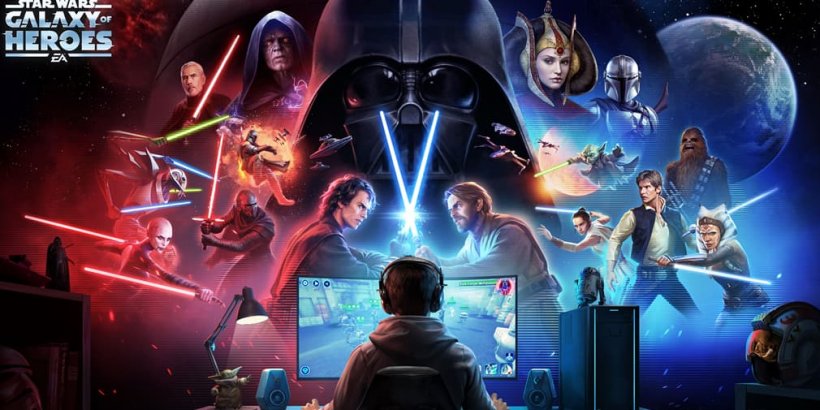Valve Updates Steam Deck Roadmap: Long-Term Support Strategy Revealed
- By Kristen
- Oct 22,2024
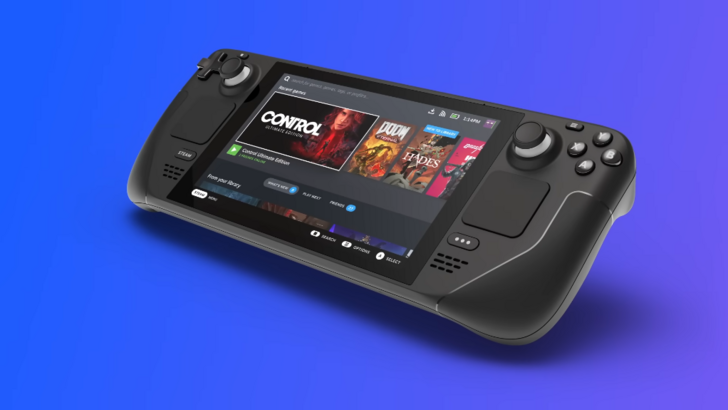
Unlike the annual upgrade cycle frequently observed with smartphones, Valve has affirmed that there will be no yearly releases for the Steam Deck. Continue reading to glean further insights into the perspectives of Steam Deck designers Lawrence Yang and Yazan Aldehayyat on this issue.
Valve to Eschew Annual Upgrade Cycle for Steam Deck“That’s Kind of Not Truly Equitable to Your Customers,” Proclaimed Steam Deck Designers

Valve has made it clear: the Steam Deck won’t follow the annual hardware release trend of smartphones and some handheld consoles. The company’s designers Lawrence Yang and Yazan Aldehayyat explained why the Steam Deck won’t see annual updates.
In a recent interview with Reviews.org, Yang emphasized that they are not interested in the "annual cadence" that Steam Deck competitors are seemingly all doing. "We’re not going to do a bump every year," clarified Yang. "There’s no reason to do that. And, honestly, from our perspective, that’s kind of not really fair to your customers to come out with something so soon that’s only incrementally better."
Instead, Valve wants to focus on significant upgrades—what they call a "generational leap"—without sacrificing battery life to ensure that any future iteration is truly worth the wait and the investment.
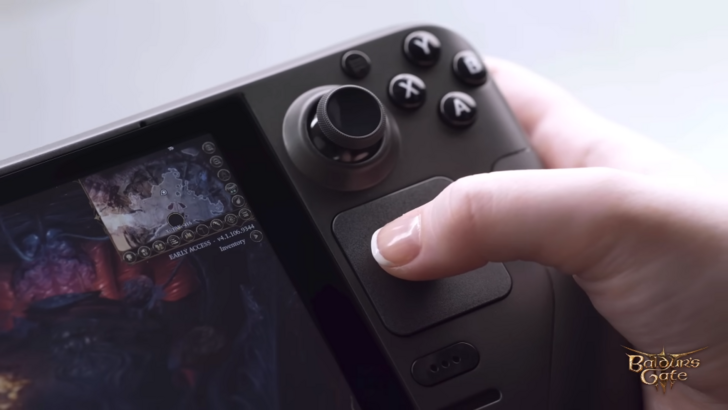
Aldehayyat added that Valve is focused on solving user problems, especially when it comes to playing PC games away from traditional desktop setups. The Steam deck has made significant progress in this area, but the team acknowledged that there’s still "a lot of room for improvement."
They’re happy to see other companies working on similar solutions, believing it’s ultimately beneficial for gamers. Innovations like the Steam Deck’s touchpads offer advantages in navigating PC games that other handhelds, like the ROG Ally, might lack. As Aldehayyat pointed out, "We would love if other companies use touchpads."
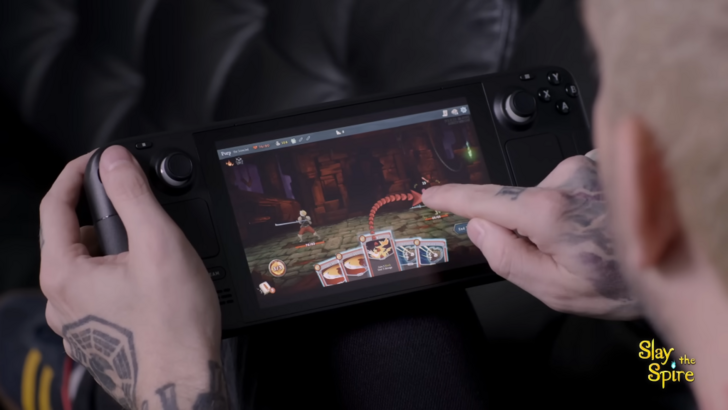
When asked about features they wished they had included in the Premium Steam Deck OLED, Aldehayyat admitted that variable refresh rate (VRR) was at the top of their list. They expressed regret that VRR couldn’t be implemented in time for the OLED launch, despite it being highly requested by users and the designers themselves. Yang then emphasized that the OLED Steam Deck was not meant to be a successor to the LCD model but rather a refinement of what Valve had initially envisioned for the original model.
Beyond VRR, the team is actively exploring ways to enhance battery life in future Steam Deck models. However, they recognize the inherent constraints imposed by existing technology. Until these limitations can be overcome, users will likely need to wait for the release of the next Steam Deck iteration or the Steam Deck sequel to potentially benefit from these improvements.
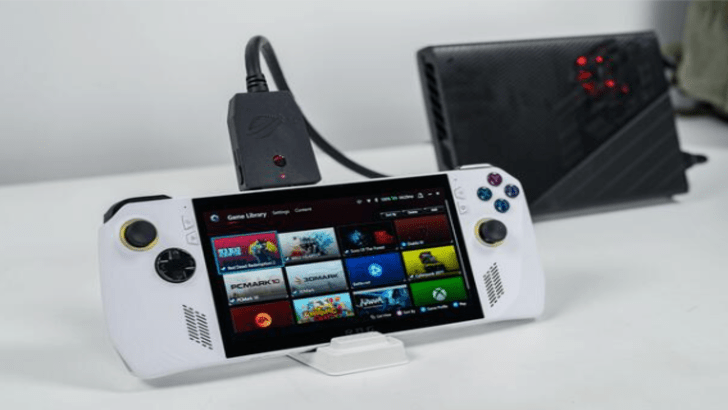
Without hardware updates, however, many fear that Valve’s Steam Deck could lag behind its competitors. The Steam Deck has faced increasing competition since its launch, with devices like the Asus ROG Ally and Ayaneo products entering the robust handheld gaming PC market. However, Valve doesn’t see this as an "arms race." Rather, they’re excited about how the Steam Deck has sparked innovation in this category. In fact, Valve welcomes the diverse design choices made by competitors.
"We love the idea that a lot of companies are working on improving the experience of playing games outside of your office or away from your computer," said Aldehayyat. "So seeing people try all kinds of stuff and seeing what sticks and what doesn’t, and just improving that for users… We’re very excited about it and we’re kind of curious to see where that ends up being."
Steam Deck to Officially be Sold in Australia This November
The ongoing global rollout of the Steam Deck may have influenced Valve’s decision to avoid annual hardware updates. Only recently, over two years after its initial release, did Valve officially launch the Steam Deck in Australia this November 2024, as announced during PAX Australia earlier this month. An exact release date has not been given.
Before this, however, the only way to receive a Steam Deck, whether LCD or OLED, is through unofficial means. When asked about why it took so long for the Steam Deck to be sold officially in Australia, Yang said, "It takes a very long time to get everything buttoned up in terms of financial due diligence, and then setting up all the logistics and warehousing and shipping and returns and all that kind of stuff."
"Australia was on the list of countries we wanted to be in during the first day of even designing the product," added Aldehayyat. "It was designed to meet Australian requirements. It was certified the same time the US and Europe and Asia was certified." He then mentioned that they lacked the proper channels and business presence in Australia to "deal with returns."
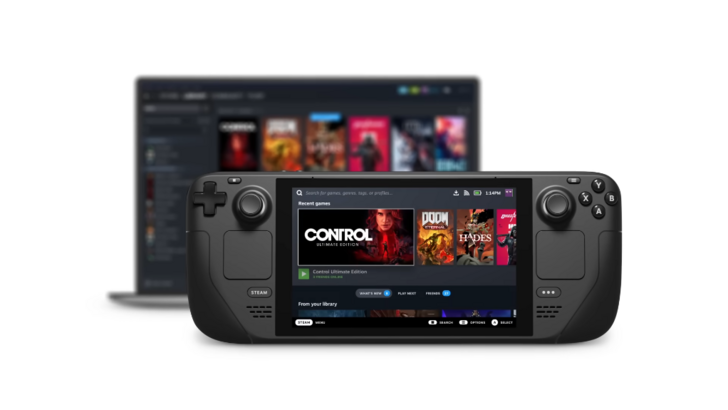
Currently, Valve Steam Deck is not officially sold in many countries. It's still not available in Mexico, Brazil, and much of Southeast Asia, including countries like the Philippines and Indonesia. Although users in these regions can still obtain the device through unofficial channels, they do not have direct access to official support and distribution, including purchasing accessories or enjoying official warranties.
In contrast, Steam Deck is already available in several other markets, including the United States, Canada, most of Europe, and parts of Asia such as Taiwan, Hong Kong, South Korea, and Japan (via Komodo's website) .
Related Articles
More >Latest News
more >-

-

-

-

- GTA 6 Premium Edition Priced Higher, Reports Say
- Feb 23,2025
-

Top News
-

Emoak launches its latest casual puzzle game, now available on mobile platforms
-

No Snooze? You Lose! SF6 Tournament “Sleep Fighter” Requires You to Rest
-

Stumble Guys joins hands with My Hero Academia, heroic adventures are waiting for you!
-
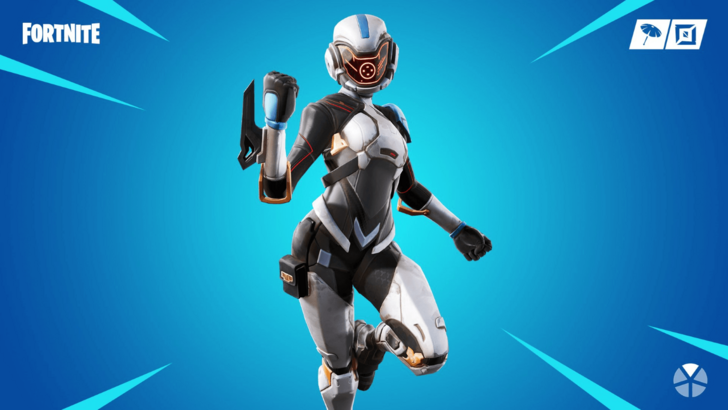
Fortnite Re-Releases Paradigm Skin By Accident, Lets Players Keep It Anyways
